
“The insurance company just rolled over and settled, and we were not at fault!” As insurance advisors, we hear this statement more often than we would like. Like you, we want to control claims cost as much as possible and help ensure your gym is successful. We don’t want the insurance company to just “settle” a claim, but in some suits it is the most financially feasible approach. So, why are insurance companies forced to settle during some claims, especially when the gym may not be at fault?
In some respects, a legal suit or insurance claim is similar to a scale. Whichever party (gym or injured climber) has more weight on their side at any given point is the party with more leverage and is likely the party that will prevail at the end of the day. The issue we see with many gyms is that, even when they may not be at fault, they start out at a disadvantage when they provide just a few small weights (proof/documentation) to load their side. Unfortunately, gym operators sometimes come to the scale practically empty handed and tell their attorney, “Let’s win this thing!”
It’s important to keep in mind that these lawsuits may not (and typically won’t) show up until 2-6 years after the accident occurred. This delay is strategic! The opposing attorney is hoping the employees who witnessed the accident are no longer with you and that you’ve lost all reports and documentation of the accident. If the opposing attorney can wait long enough and you don’t have any of this information, it’s as simple as “they win.” Your goal in any accident is to be able to recall and replay every specific detail five years down the road.
Granite Insurance has had the experience of seeing over 400+ claims in various adventure and entertainment industries, and with that experience comes a lot of lessons learned. Today we want to share some of those lessons with you so that your operation is defendable when that lovely stack of papers hits your door with the words “you’ve been served.”
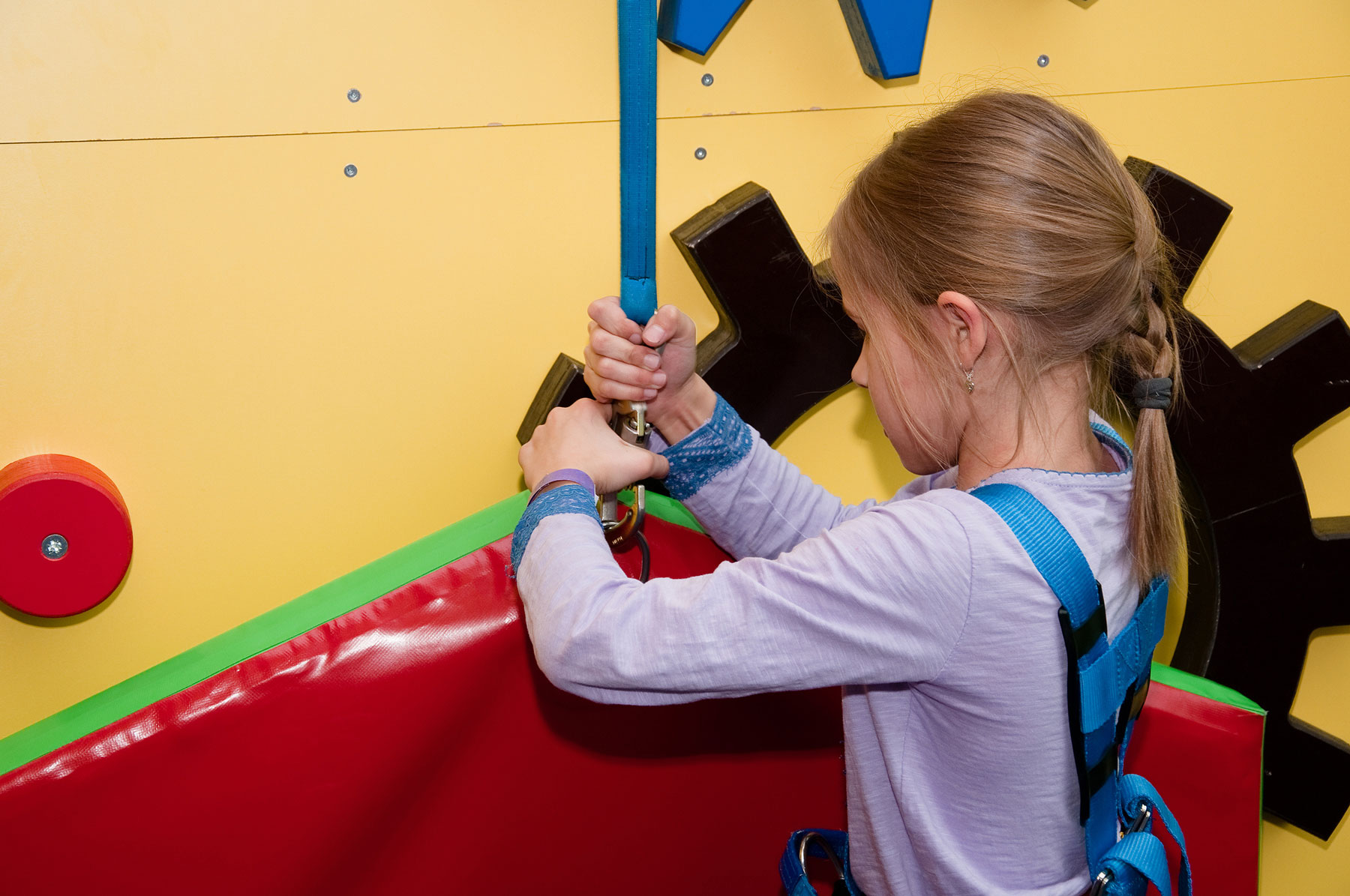
1. Documenting Lessons Learned & Mistakes Made
Suppose we receive an email from a client one day stating, “We’ve learned our lesson with this accident, and in the future we will not be allowing youth under 10 years old to connect themselves to an auto belay without adult supervision. We knew the injured youth climber from our climbing team and trusted them to make good decisions. We just didn’t expect them to get distracted by their friend and clip themselves in incorrectly. Going forward we will be doing the following which we were not doing previously: 1) Anyone 13 and younger must have adult supervision while clipping into the auto belay prior to climbing; and 2) Putting up more warning signage on auto belay routes, encouraging climbers to squeeze check their carabiner before climbing.”
The above story is not an actual excerpt of an email that we have received, but we have received many in a similar vein. The intentions of the email are great, right?! The gym owner wanted to prove to the insurance company that they had learned from their mistakes so that they did not get non-renewed or have a substantial premium increase. However, what the owner likely overlooked is that all emails related to the accident can be discoverable (brought into the lawsuit) if a lawsuit is filed. Once this email is discovered, the other party just gained some substantial weight on their side of the scale.
Best Practice: Whatever you do, do not have “What could have prevented this accident?” or anything similar as a question on your accident report!
Recommendation: Discuss the lessons learned in a roundtable or in person. Changing your procedures after an accident is perfectly fine to improve the safety of your operations; however, these actions should be seen as “general changes” not specifically tied to mistakes made during an accident.
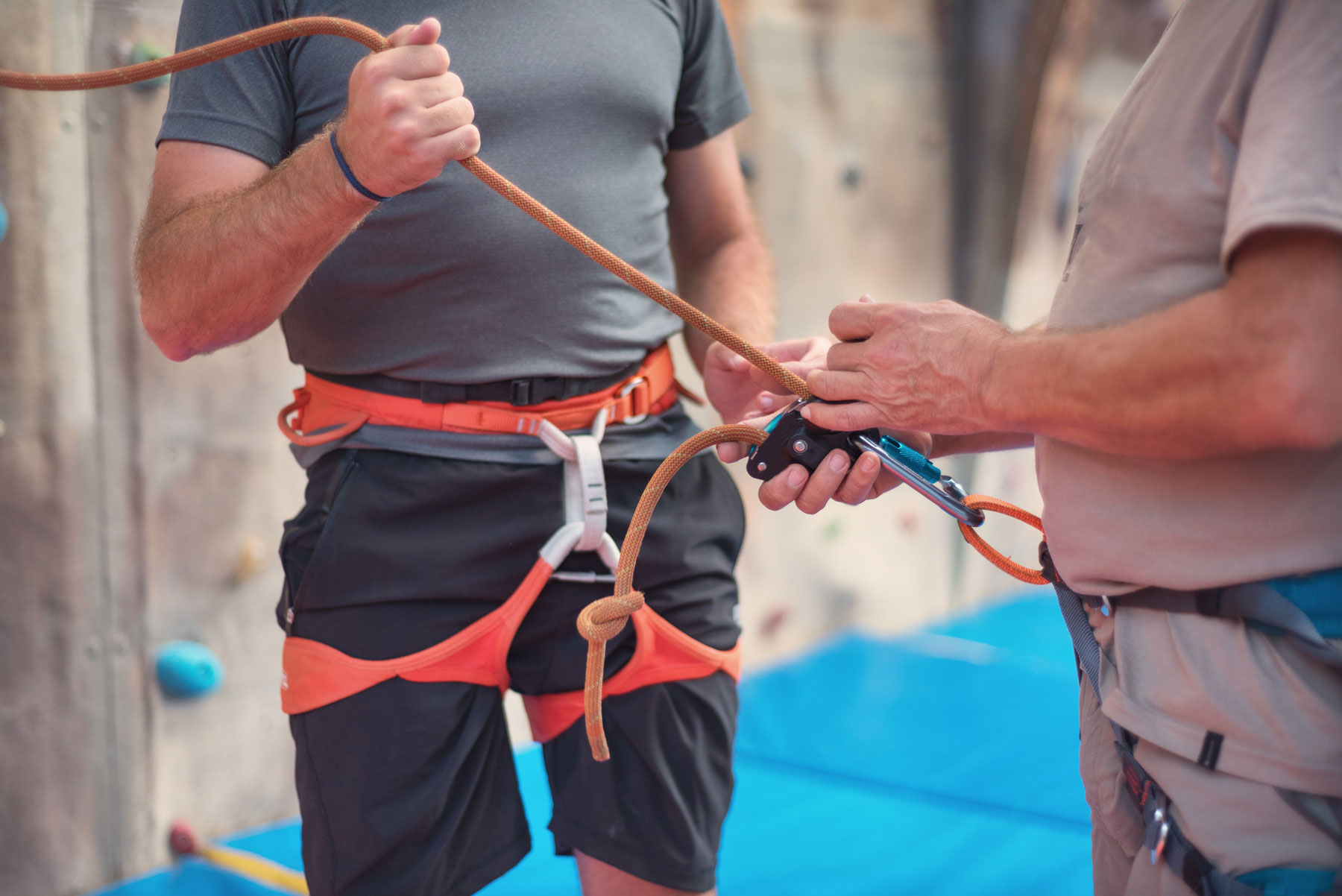
2. Handling the Response or Payment of an Accident Internally
Sometimes gym owners feel the need to pay for small medical bills, ambulance rides, etc., out of their own pocket. Again, the intention is well and good; however, in this context no good deed goes unpunished. By making these payments, you are potentially admitting liability and not completing the proper legal steps to ensure this is the only payment that the injured climber will request. In addition, these conversations with climbers can sometimes become difficult, and your team likely is not trained or equipped to handle those legal conversations. These difficult conversations look better coming from the “mean ole insurance company” rather than from your local business where your reputation matters. Also, keep in mind that the insurance company has no obligation to reimburse you for any monies paid out of your pocket.
Recommendation: Always file any claim with your insurance company and let them handle it; that’s what you pay them for! They have the resources to handle these accidents and make sure they are put through the proper legal channels to protect your organization. A served lawsuit should go through your General Liability carrier, but if you have a Participant Accident/Medical coverage in place, you may have the “goodwill” option to cover smaller medical bills pro-actively prior to a lawsuit ever being served.
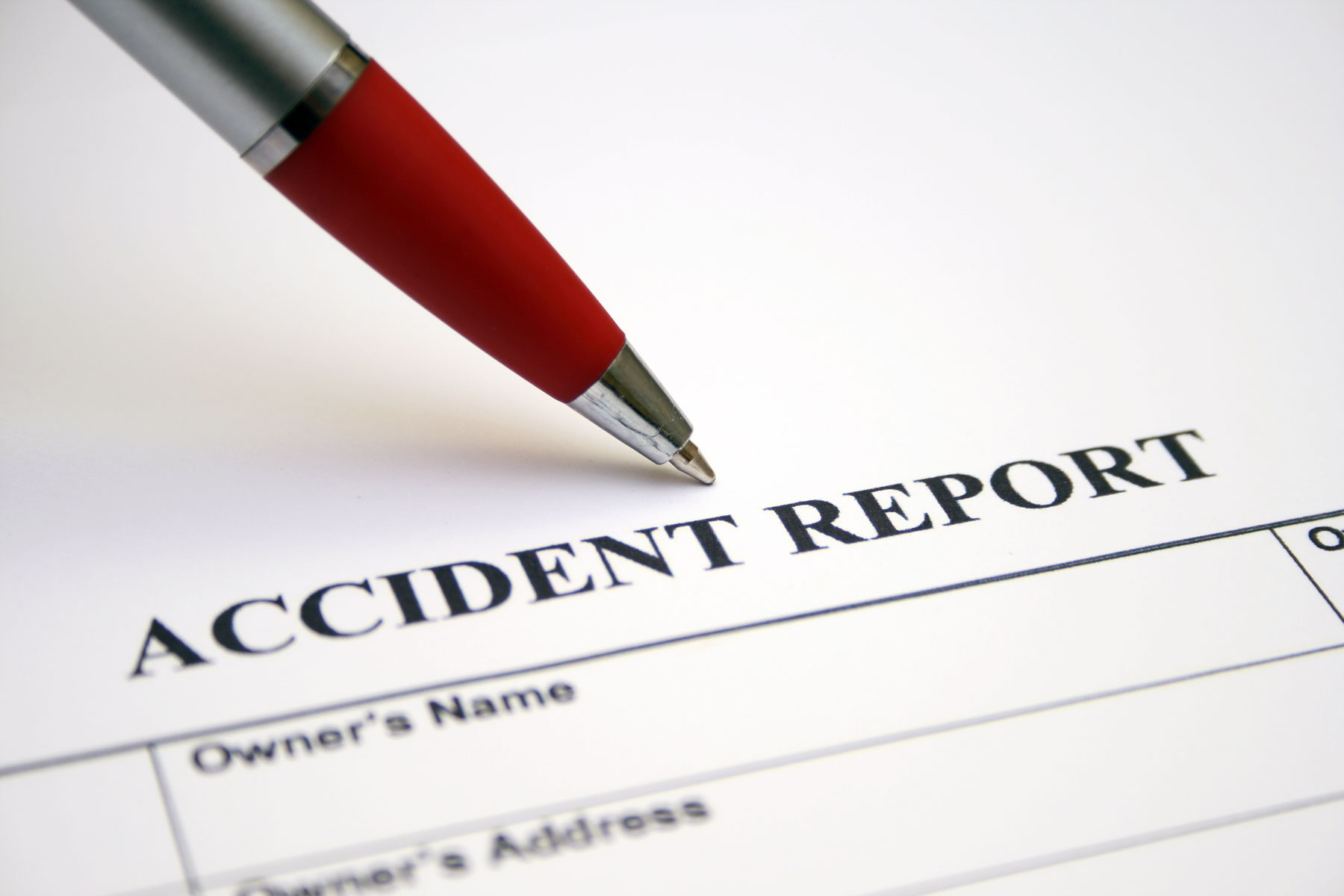
3. Not Documenting Small Accidents
“We don’t have an accident report for that injury.” That statement creates a pit in everyone’s stomach, because without an accident report it makes it very difficult to prove what actually happened, especially if it is multiple years after the accident occurred. Many times, there’s a lack of documentation because the gym manager never thought anything would come of the incident, or they were very busy that day and forgot to complete the accident report later on.
Recommendation: Accident reports and witness statements must be completed the day of the accident. Create records on ALL injuries. For smaller injuries (pinched hand, small cut, etc.) you may want to use a minor injury report. This report could be a document that has 6-8 spots on a single page to list basics like name, date and details of a minor injury that didn’t necessitate professional medical attention. A minor injury report requires less information than a full accident report.
4. Not Offering EMS or Ambulance
You would be amazed at how many lawsuits we read that accuse the operator of not caring and not even offering to call EMS when “they could barely breathe.”
Recommendation: Your accident report should ask, “Was an EMS call offered?” And there should be a follow-up question: “Was it accepted or rejected?”
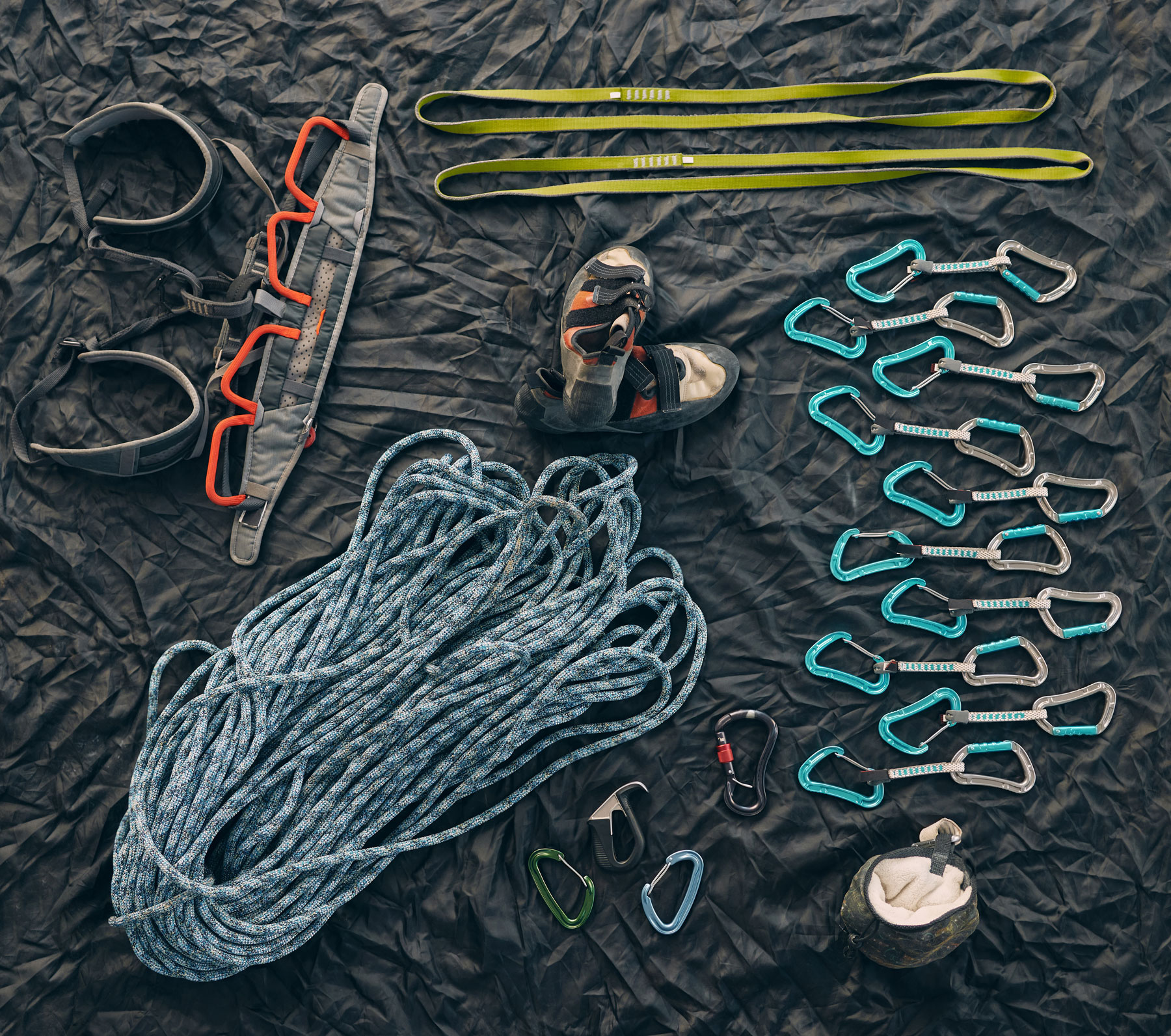
5. Not Capturing Photos of Equipment or Surroundings
Imagine it’s five years after the accident happened. You haven’t even thought about this accident since it occurred five years ago because you were confident it wasn’t going to turn into anything. However, in the lawsuit that just arrived, there are allegations that your rental grigri was in poor condition on the date of the accident and that the top rope was not double wrapped around the belay bar. These are the allegations that are made that caused someone to fall and break their ankle requiring ankle replacement surgery every ten years for the rest of their life. The claim value is $1.75 million.
You know these statements are false, but how do you prove they are false without photos of the equipment involved during the accident and photos of the area surrounding the accident? You simply can’t. Without documented evidence, the disagreement automatically becomes he said versus she said, and the other side (the injured climber) almost always wins.
Best Practice: It’s a best practice to make sure you are storing all this information electronically with everything related to this accident (signed waiver, photos, accident reports, witness statements, inspection/maintenance checklists, etc.).
Recommendation: For all accident reports, make sure that photos are captured. In many electronic accident reporting platforms, you can require a place for pictures to be uploaded before the report is submitted.
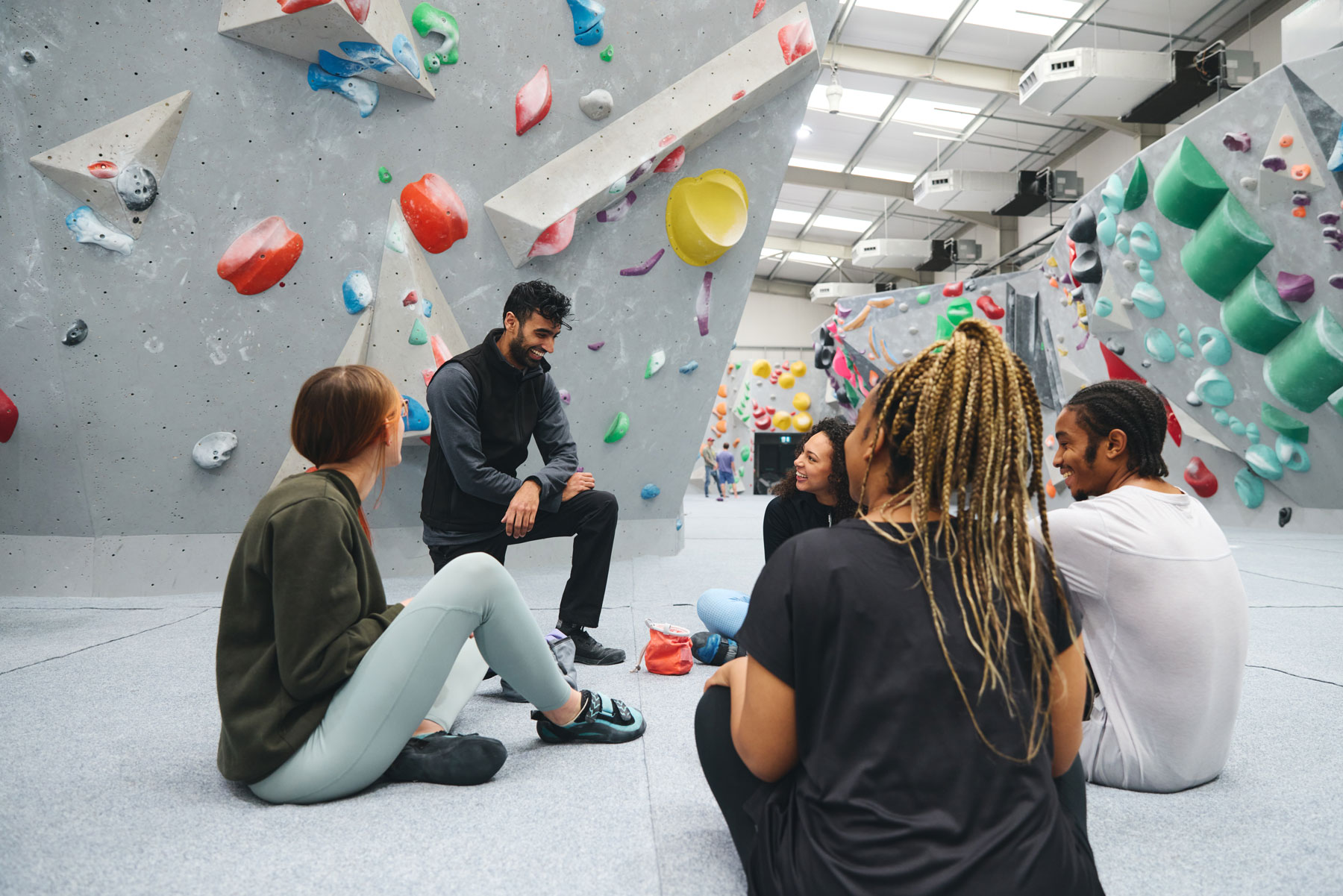
6. Not. Being. Human.
This one should count for 1.5 because it is SO important! In most cases, people don’t sue because of what happened but rather because of how they were treated afterward. For example, managers may say “I can’t discuss any of that with you” when asked questions, or “you shouldn’t have done that, no wonder you got injured”, or “unfortunately due to legal reasons, we can’t comment any further with you.”
There’s this misperception that floats around that once an accident happens, you have to be tight-lipped and use all types of “legal terms” to protect your company. In reality, often when gym operators just “Be. Human.” and take care of the injured climber, all is well. In general, people realize they made a mistake that led to their injury. In a time of embarrassment, they don’t want to be outcasted or feel like they’ve been thrown into a legal issue. They want to be taken care of.
You CAN say “I’m sorry” because you truly are sorry that the injury happened. What you CAN’T say is “I’m sorry, this was my fault.” You cannot admit negligence or fault, but that doesn’t mean that you can’t be caring, responsive and attentive to the person needing care or assistance.
Recommendation: Be there for the person, be supportive in your words and actions; however, leave medical response to the professionals (EMS, etc.). Being supportive does not mean you should accept fault or try to explain why/how the injury happened.
Fixing just one of the above mistakes can lead to a claim being defendable and your gym dismissed in a suit, versus you needing to pay a sizable settlement resulting in future increased insurance costs. Take the steps to be proactive, and ensure that you have the procedures in place to prevent these common mistakes. For more resources on accident reporting, templates, etc., please visit: https://graniteinsurance.com/resources/.
About the Author
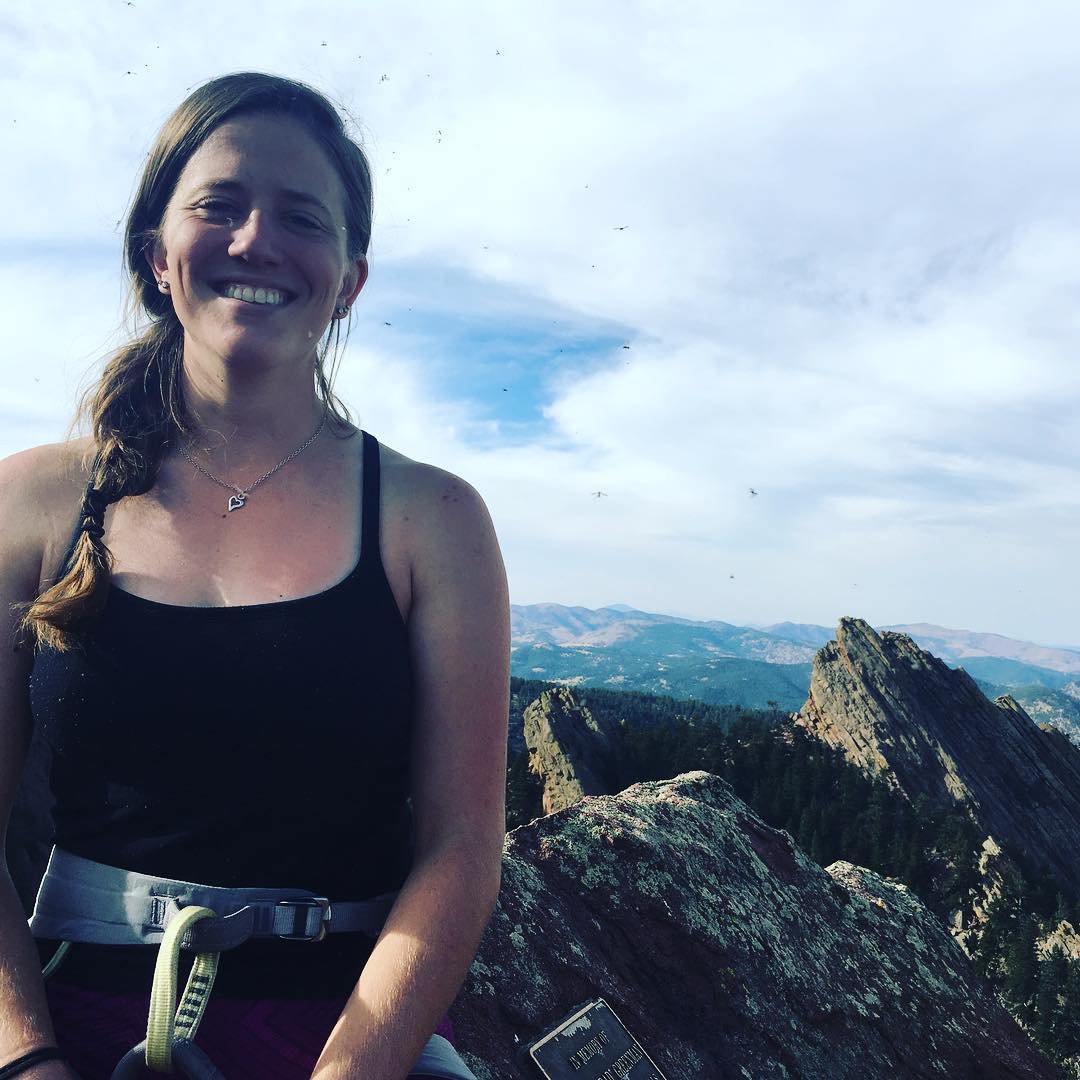
Ruthie Rivers is an Adventure Risk Consultant on the Granite Insurance team. She specializes in providing risk management and insurance solutions to the nationwide climbing gym industry and, in her past life, was an operator in the at-height adventure tourism industry. Contact her at rrivers@graniteinsurance.com if you have any questions or would like to discuss your risk management program.
This story was paid for by the sponsor and does not necessarily represent the views of the Climbing Business Journal editorial team. The information in this article is not intended to be used as direct legal counsel. Gym owners should consult a lawyer for their facility’s specific legal matters.

Granite Insurance’s client approach is to understand the unique needs of your business and tailor a risk management and insurance program that is designed around those needs. Granite is a part of Keystone Insurer’s Group, which is one of the largest insurance agency organizations in the United States. This resource, combined with their industry-specific expertise, makes Granite Insurance highly qualified to design and implement a risk management and insurance solution for your climbing gym. Granite has formed climbing gym-specific programs with nationwide carrier partners, and they advocate for the climbing gym community in the insurance world by focusing on client and carrier education.






